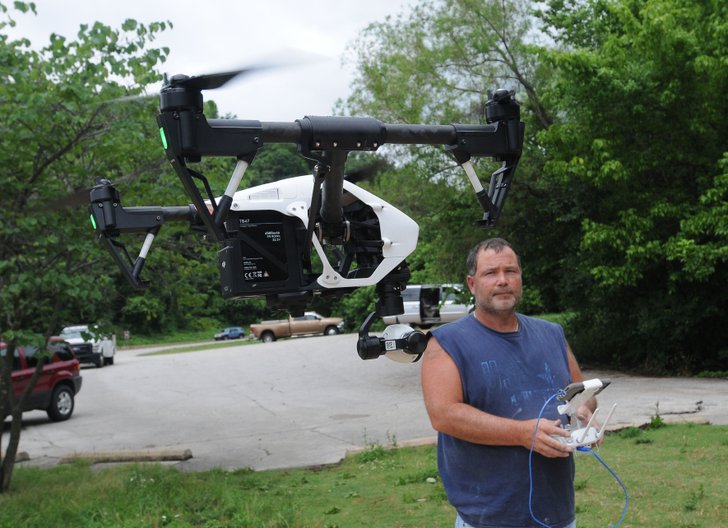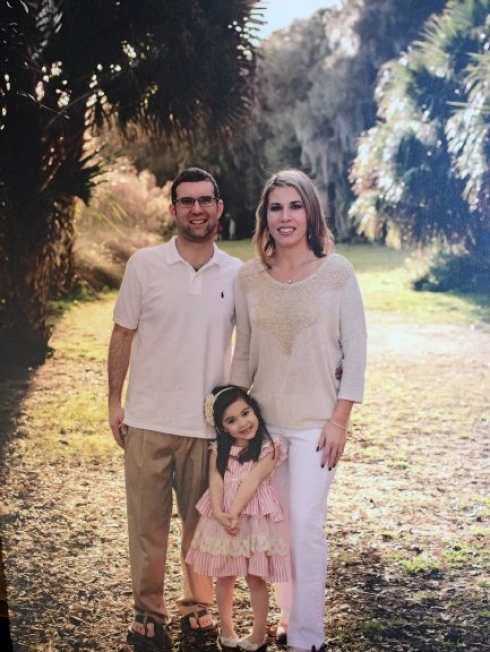
http://timesofoman.com/article/64855/Opinion/Columnist/Need-for-regulations-as-use-of-civilian-drone-to-tape-peoples-activities-sparks-privacy-concerns
You may have caught the story last week about the Kentucky man who was arrested after shooting down a drone in his backyard. William Merideth said that the vehicle was hovering over his teenage daughter, who was resting. Whatever your views on private ownership of firearms (to say nothing of their discharge for this purpose), the case reminds us that the increasing private use of unmanned aircraft raises yet-unresolved questions about privacy.
Civilian drones have been shot down before. Other means, too, have been employed against them. In June, firefighters used a hose to blast a drone that was recording a house fire. After the Los Angeles Kings won the Stanley Cup in 2014, ecstatic fans used a T-shirt to knock a drone from the sky (I’m still trying to picture this), then continued their celebration by pounding it with a skateboard. Evidently, few of us are comfortable at the thought that another person might be watching from above.
Certainly Merideth didn’t like the idea. “It was hovering,” he told Ars Technica. “I would never have shot it if it was flying. When he came down with a video camera right over my back deck, that’s not going to work. I know they’re neat little vehicles, but one of those uses shouldn’t be flying into people’s yards and videotaping.”
Most of us would worry about other people using technology to peek in our windows or hover over our yards. But mounting concerns about drones and privacy have so far received little official response, as government agencies have instead prioritised their own operations.
So have the many companies eagerly awaiting the opportunity to exploit drone technology. The Federal Aviation Administration has estimated that by 2030, there will be more than 30,000 private unmanned vehicles competing for US airspace. As it happens, NASA last week hosted the initial Unmanned Aerial Systems Traffic Management Convention in Mountain View, California. In remarks to the meeting, Gur Kimchi, vice president of Amazon Prime Air, proposed dividing Class G airspace — that is, the space below 500 feet, the usual beginning of navigable airspace — into three zones. From the ground up to 200 feet would be reserved for hobbyists, 200 to 400 feet would constitute a high-speed zone for commercial use, and the space between 400 and 500 feet would remain a buffer, as now.
Notice that this division would not solve the problem of drones hovering over presumably private spaces in backyards — the concern that led Merideth to take up arms. Nor is the FAA, which regulates the nation’s airspace, likely to be of much assistance. Under the FAA Modernisation and Reform Act of 2012, the agency is required to issue regulations for private drone use. The rules, now expected in 2016, will likely to be generous to both commercial operators and hobbyists.
But the FAA’s proposed regulations deal with such matters as the qualifications for operators and the precise systems for keeping track of the unmanned vehicles in flight. Although the agency “notes that privacy concerns have been raised about unmanned aircraft operation,” it hastens to add that the privacy question is “beyond the scope of the rulemaking.” Not to worry, though. The FAA assures us that there’s a “multi-stakeholder engagement process” for that.
In other words, the FAA plans to kick the privacy issue down the road, licensing the use of drones without regard to sunbathing teenagers, or others who might just want to be left alone. The agency suggests that the privacy question be determined under state law.
But nobody knows where state law stands. Some argue that low-flying drones are trespassers. A telephone wire strung across my property without consent violates my property rights. Why not an aircraft? From the late 16th century, the common law took the position that property ownership extended infinitely into the heavens. The era of aviation put an end to that maxim. Ever since the US Supreme Court’s 1946 decision in US v. Causby, it has been generally accepted that the property rights of a homeowner end 83 feet above the ground. That’s awfully close to the ground. Never mind peeking in apartment windows; recording high definition video from 100 feet up doesn’t present any sort of challenge.
The legal scholar Gregory McNeal, in a 2014 paper issued by the Brookings Institution, proposes that property owners be granted control of the airspace up to 350 feet. This would mean that I would be entitled to exclude any drones, whether public or private, from passing over my property below that altitude. “The problem is not the technology,” he writes. “The problem is the ability of landowners to exclude aerial observations from certain vantage points.”
How does McNeal come up with the number 350? Current law generally defines navigable airspace as beginning at 500 feet. The FAA requires model aircraft, including drones, to remain below 400 feet, to create a 100-foot buffer. McNeal argues that the rest of us deserve a buffer, too, for privacy purposes.
His proposal would mean of course that all drones, commercial or noncommercial, would have to squeeze into just 50 feet of airspace. Things will get awfully crowded up there, creating a situation very much the opposite of the high-speed lane envisioned by Amazon for product deliveries. I’m all for technology, but I’m also all for privacy. Maybe McNeal has the altitude wrong. Nevertheless, respect for privacy demands a sensible buffer. If our right to be left alone ends at 83 feet up — the height of an eight-story building — we’ll be inviting a lot more people to take the law into their own hands. – Bloomberg View
Stephen Carter is a Bloomberg View columnist and a law professor at Yale
Updated information:







